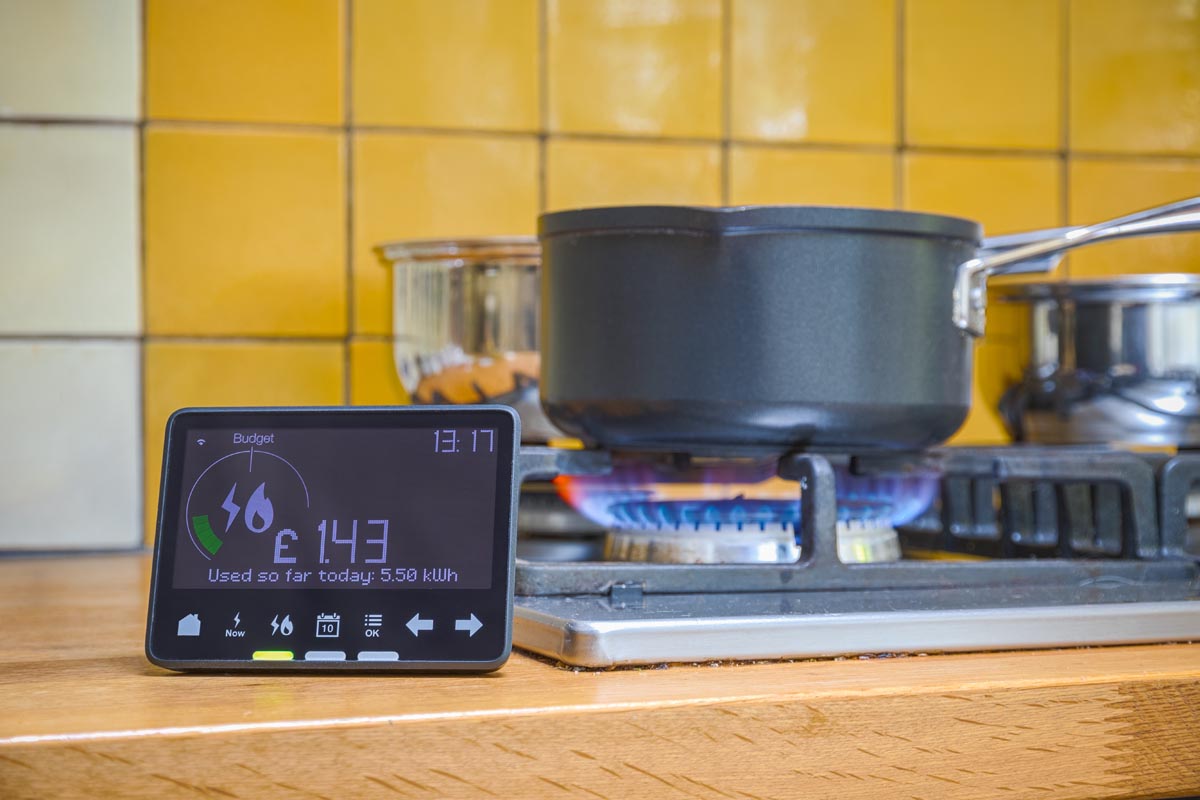What is LPG?
Liquefied petroleum gas (LPG) is a convenient off-grid energy choice. It behaves in a similar way to natural gas, which makes it a popular fuel for rural heating.
In this blog, we’ll explain what LPG is and why renewable liquid gases, such bioLPG, can be a flexible and sustainable heating alternative for rural homeowners who will be required to implement low carbon heat systems in years to come, under government’s drive to decarbonise off-grid energy.
LPG – the background
LPG is an effective off-grid heating option for many homeowners as it offers a clean, low carbon energy source. It emits 33% less carbon dioxide (CO2) than coal and 15% less carbon dioxide than oil, meaning it’s one of the lowest carbon-emitting conventional fuels currently available to UK homeowners.
LPG is automatically generated during the production of methane during the refining process, and it exists in two forms, propane and butane.
In the UK, 84% of domestic properties are connected to the gas grid, but some four million properties are off grid[1]. These homes depend on alternative fuel sources for heating and cooking.
What are the benefits of LPG for off-grid living?
LPG is growing in popularity. Up to 220,000 homes use LPG for space and water heating. This popular energy source can be used to fuel all household gas appliances including central heating boilers and cookers.
It can also be used to as a complementary energy source for homes using solar, wind or hybrid heat pumps.
Here’s some of the reasons why off-grid customers are switching to LPG:
- LPG produces 90% less carbon monoxide and 50% less smog than mains natural gas
- LPG emits 33% less CO2 than coal and 15% less than oil
- LPG is not odourless, making it easier to detect leaks
- LPG tanks can be left on site for up to 30 years – unlike oil tanks
- LPG is versatile and can be used for cooking, hot water and heating a property
- LPG installation is cheaper than electric, oil or ground and air source heat pump
Renewable alternatives to LPG
Thanks to research and innovation, renewable liquid gases such as bioLPG (also known as biopropane) and rDME, are available today as a direct renewable alternative to LPG.
BioLPG is produced through renewable or recycled feedstocks including cooking oils and fats, non-recyclable waste, plants, sugar and starch. It offers a solution to decarbonise rural energy, as it offers up to 90% reduction in carbon emissions, compared to traditional fuels such as oil.
For customers who already have an LPG system, bioLPG can be used as a direct drop in fuel, meaning no changes are necessary to the existing heating system or appliances, saving customers thousands of pounds in installation costs or energy efficiency upgrades.
rDME, renewable dimethyl ether, is another low-carbon liquid gas. It’s produced from renewable and recycled carbon feedstocks and can be used in existing LPG systems in combination with bioLPG. A new rDME production plant is currently being developed in Teesside which will mean the UK will soon be able to produce renewable liquid gases domestically.
To find out more about renewable liquid gases, click here.

